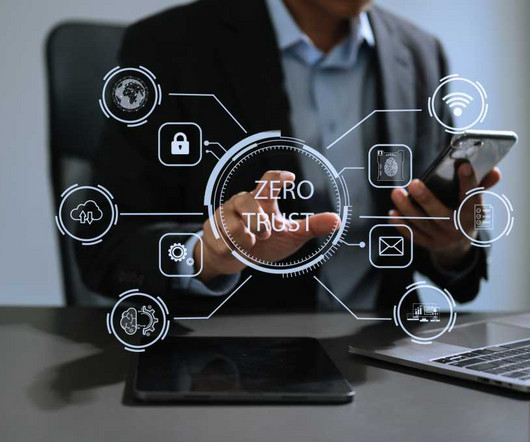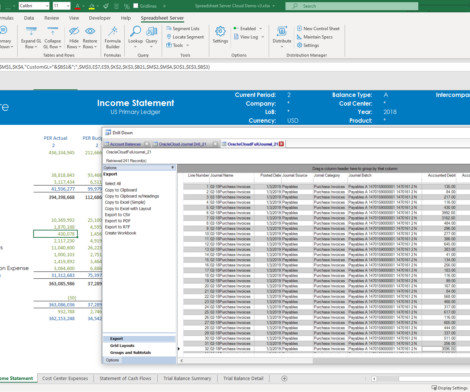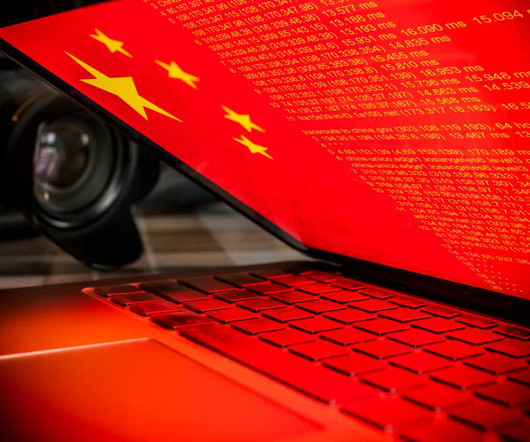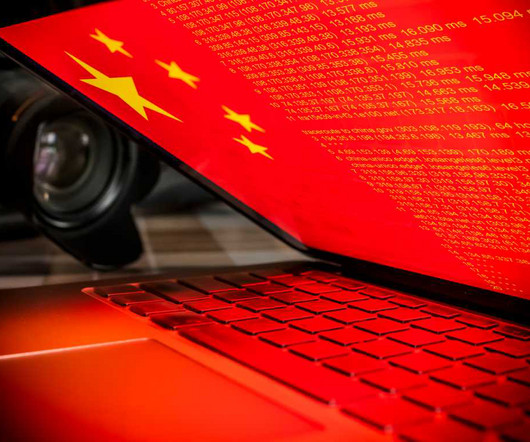10 Ways Organizations Can Prepare for Changes Brought on by the IoT
Smart Data Collective
FEBRUARY 23, 2022
It is projected that there will be over 75 billion IoT devices by the year 2025. The IoT is creating a lot of new changes that we have to prepare for. However, the IoT is also driving a number of new challenges as well. The IoT is Changing the Nature of Business. The IoT has been a buzzword for many people.
























Let's personalize your content